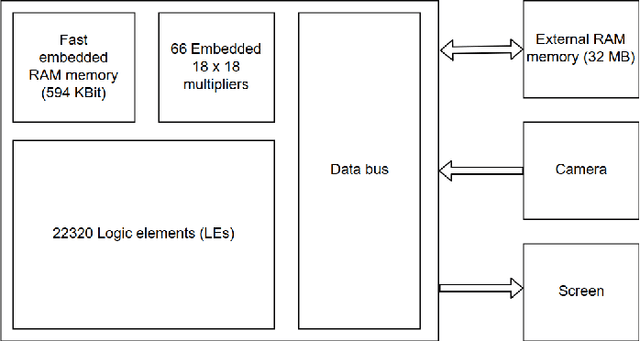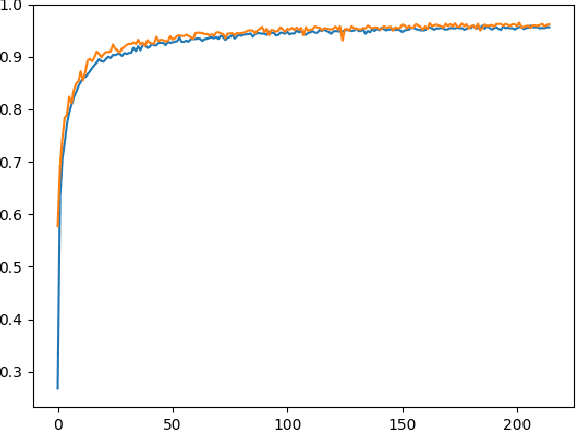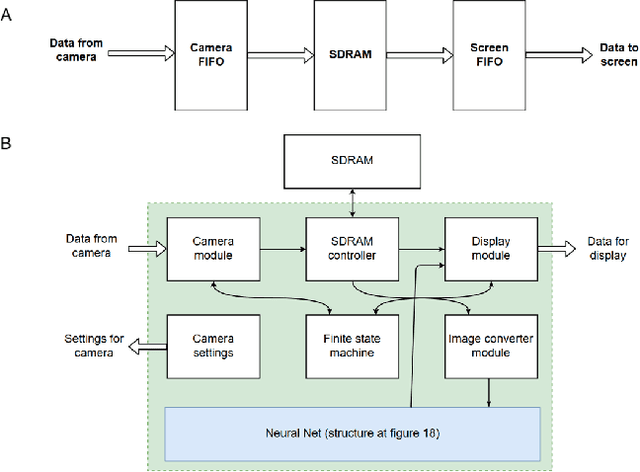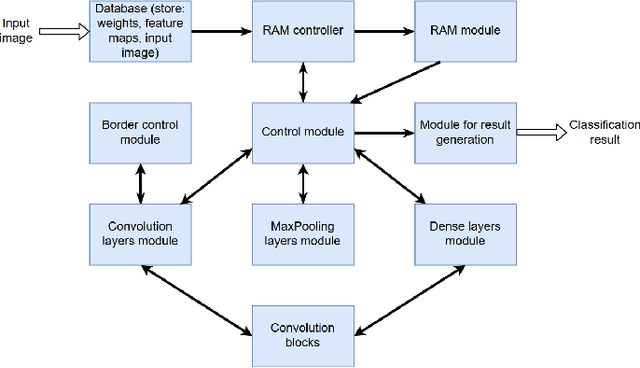Dmitry V. Telpukhov
AlphaDent: A dataset for automated tooth pathology detection
Jul 30, 2025Abstract:In this article, we present a new unique dataset for dental research - AlphaDent. This dataset is based on the DSLR camera photographs of the teeth of 295 patients and contains over 1200 images. The dataset is labeled for solving the instance segmentation problem and is divided into 9 classes. The article provides a detailed description of the dataset and the labeling format. The article also provides the details of the experiment on neural network training for the Instance Segmentation problem using this dataset. The results obtained show high quality of predictions. The dataset is published under an open license; and the training/inference code and model weights are also available under open licenses.
FPGA Implementation of Convolutional Neural Networks with Fixed-Point Calculations
Aug 29, 2018



Abstract:Neural network-based methods for image processing are becoming widely used in practical applications. Modern neural networks are computationally expensive and require specialized hardware, such as graphics processing units. Since such hardware is not always available in real life applications, there is a compelling need for the design of neural networks for mobile devices. Mobile neural networks typically have reduced number of parameters and require a relatively small number of arithmetic operations. However, they usually still are executed at the software level and use floating-point calculations. The use of mobile networks without further optimization may not provide sufficient performance when high processing speed is required, for example, in real-time video processing (30 frames per second). In this study, we suggest optimizations to speed up computations in order to efficiently use already trained neural networks on a mobile device. Specifically, we propose an approach for speeding up neural networks by moving computation from software to hardware and by using fixed-point calculations instead of floating-point. We propose a number of methods for neural network architecture design to improve the performance with fixed-point calculations. We also show an example of how existing datasets can be modified and adapted for the recognition task in hand. Finally, we present the design and the implementation of a floating-point gate array-based device to solve the practical problem of real-time handwritten digit classification from mobile camera video feed.
 Add to Chrome
Add to Chrome Add to Firefox
Add to Firefox Add to Edge
Add to Edge